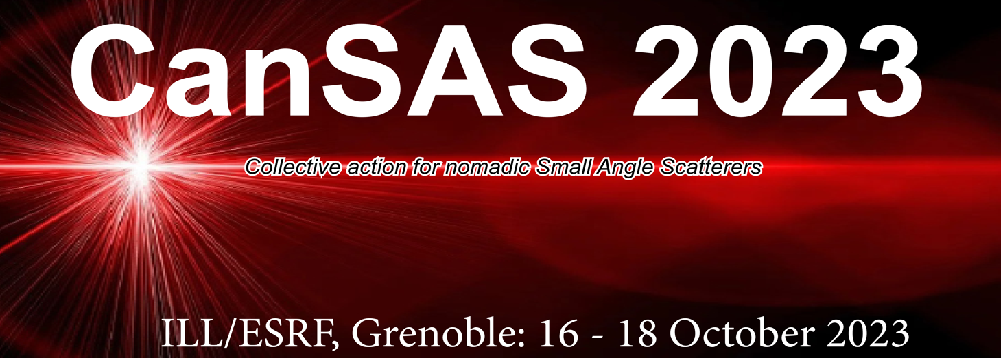Speaker
Description
In our (dramatically understaffed) X-ray scattering laboratory, developing a systematic, holistic methodology1 let us provide scattering and diffraction information for more than 2100 samples for 200+ projects led by 120+ collaborators over the last five years. Combined with universal, automated data correction pipelines, as well as our analysis and simulation software, this led to more than 40 papers2 in the last 5 years with just over 2 full-time staff members.
While this approach greatly improved the consistency of the results, the consistency of the samples and sample series provided by the users was less reliable nor necessarily reproducible. To address this issue, we built an EPICS-controlled, modular synthesis platform to add to our laboratory. To date, this has prepared over 1200 additional (Metal-Organic Framework) samples for us to measure, analyse and catalogue. By virtue of the automation, the synthesis of these samples is automatically documented in excruciating detail, preparing them for upload and exploitation in large-scale materials databases alongside the morphological results obtained from the automated X-ray scattering analysis.
Having developed these proof-of-concepts, we find that the consistency of results are greatly im-proved by virtue of their reproducibility, hopefully adding to the reliability of the scientific findings as well. Additionally, the nature of the experiments has changed greatly, with much more emphasis on preparation and careful planning. This talk will discuss the advantages and disadvantages of this highly integrated approach and will touch upon upcoming developments.
(1) Smales, G. J.; Pauw, B. R. (2021) Journal of Instrumentation 16, P06034, https://doi.org/10.1088/1748-0221/16/06/P06034
(2) https://scholar.google.com/citations?user=YKnAFTcAAAAJ

